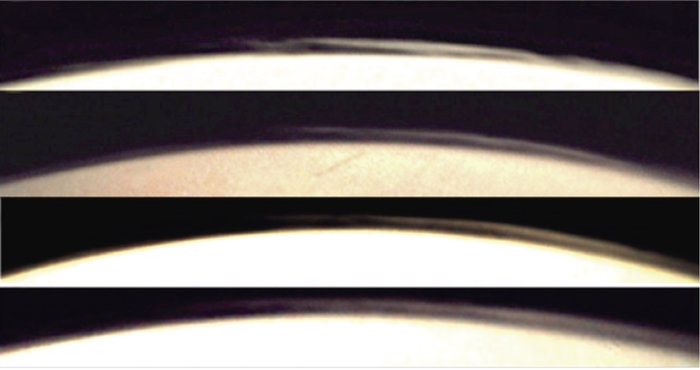
When the Mars Express spacecraft of the European Space Agency (ESA) arrived at Mars in late 2003, it released a lander called Beagle-2. The lander failed to deploy fully after touching down on Mars’ surface, but the orbiter has been successfully performing scientific measurements since early 2004. ESA said earlier this month (October 17, 2017) that a webcam aboard the orbiter – originally designed to provide visual confirmation of Beagle-2’s separation from the orbiter in 2003 – has been used to build an impressive and unprecedented catalog of more than 21,000 images. Scientists have now examined this catalog and released the first study based on its data, about unusual high-altitude cloud features on Mars.
After the webcam was switched back on in 2007, ESA said, it was used:
… primarily for outreach, education and citizen science, with images automatically posted to a dedicated Flickr page, sometimes within just 75 minutes of being taken at Mars.
In 2016, with new software, the webcam was adopted as a supporting science instrument. The movie below captured the first time it was used to image the limb (edge) of Mars during most of a complete orbit. Click here to read more about this movie, and about the mission of the webcam aboard Mars Express.
Now, the first paper utilizing the webcam’s data has been published, on detached, high-altitude cloud features and dust storms over the edge, or ‘limb’, of the planet.
Other instruments aboard other spacecraft orbiting Mars can also image these cloud features, but, ESA pointed out, it isn’t necessarily their main task:
… they are usually looking directly at the surface with a narrow field of view that covers a small portion of the planet for specialized study. By contrast, the webcam often has a global view of the full limb.
Agustin Sánchez-Lavega, lead author of the new study from the University del Pais Vasco in Bilbao, Spain, commented:
For this reason, limb observations in general are not so numerous, and this is why our images are so valuable in contributing to our understanding of atmospheric phenomena.
Combining with models and other datasets we were able to gain a better insight to understanding atmospheric transport and seasonal variations that play a role in generating the high-altitude cloud features.
Sánchez-Lavega’s team examined the catalog of some 21,000 images taken between 2007 and 2016 and identified 300 cloud features specifically for their study.
Multiple images separated by a few minutes each were obtained for 18 events as they rotated into view, providing visual documentation of the features from different perspectives.
In general, the cloud features imaged by the camera have peak altitudes in the range of 50–80 km above the planet and extend horizontally from about 400 km up to 1500 km.
In order to understand the nature of the clouds – for example, if they were primarily composed of dust or icy particles – the team compared the images with atmospheric property predictions detailed by the Mars Climate Database. The database uses temperature and pressure information to indicate if either water or carbon dioxide clouds could be capable of forming at that time and altitude.
The team also looked at the weather report generated from images by NASA’s Mars Reconnaissance Orbiter, and in some cases had additional corresponding observations obtained from other sensors on ESA’s Mars Express.

Bottom line: Scientists have now examined a catalog of more than 21,000 images made with a webcam aboard ESA’s Mars Express spacecraft, and they’ve identified and begun to study high-altitude martian clouds.











